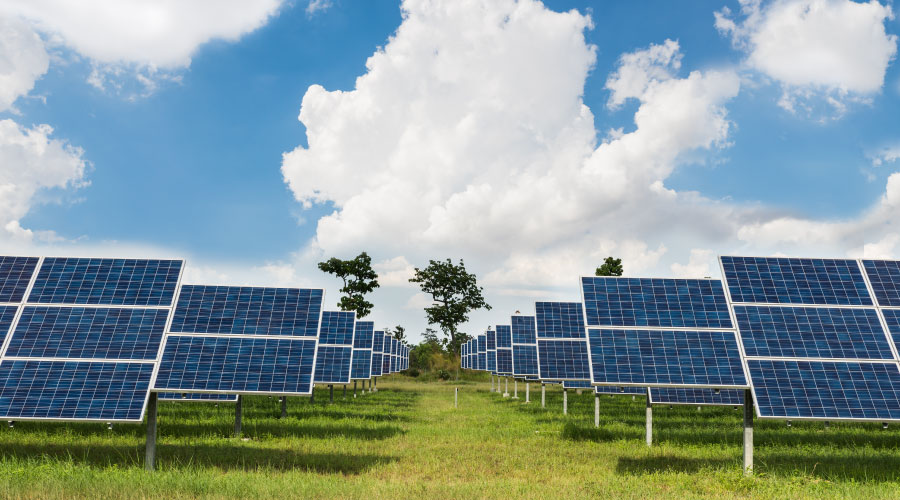LEED for Healthcare Addresses Unique Operational Requirements
Maintenance and engineering managers in health care facilities — more than any other type of commercial and institutional building — face a unique set of challenges when implementing energy efficiency and green building initiatives.
Managers in these facilities — due to 24/7/365 operations, an emphasis on the link between the indoor environment and patient care, and the need to meet Joint Commission standards — can have a tougher time pursuing certification under green building programs, such as the Leadership in Energy and Environmental Design (LEED) rating system.
To help managers overcome these challenges as they relate to green building certification, the U.S. Green Building Council (USGBC) in April introduced the LEED for Healthcare rating system. The program is designed only for new construction and major renovation projects.
According to a USGBC fact sheet on the rating system, USGBC has no immediate plans to release a LEED for Healthcare Existing Buildings (EB) program, though health care facilities pursuing LEED-EB certification can use the LEED-EB: Operations & Maintenance rating system or the Green Guide for Health Care, a partner in the development of LEED for Healthcare.
USGBC modified six prerequisites and 25 credits from the LEED for New Construction rating system for LEED for Healthcare, and it added three prerequisites and 15 credits. For example, USGBC has modified many of the Indoor Environmental Quality credits to ensure green initiatives align with the need to control infection, protect patients from contaminants, and comply with strict codes on ventilation.
The full certification tool for LEED for Healthcare is set to launch at the end of summer 2011. To learn more about LEED for Healthcare, visit www.usgbc.org/leed.
Related Topics:
















